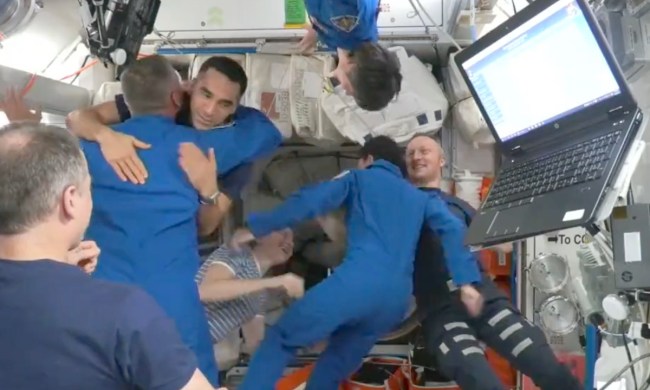SpaceX achieved another successful rocket launch and landing on Monday, December 3, and chalked up four new records in the process. The Spaceflight SSO-A: SmallSat Express mission was supposed to take place over the weekend, but the team postponed it to carry out extra inspections on part of the rocket.
Record 1: With all checks complete and the team satisfied that everything was in order, the SpaceX rocket blasted off from Vandenberg Air Force Base in California at just after 10.30 a.m. PT on Monday, marking the first time for a Falcon 9 first-stage booster to be used for three different launches and landings. The achievement highlights SpaceX’s success in creating a reusable rocket system that has the potential to dramatically reduce the cost of spaceflight.
Record 2: The same booster has now launched from all three launch pads used by SpaceX, namely the Kennedy Space Center Pad 39A, Cape Canaveral Air Force Station Launch Complex 40, and, following Monday’s lift-off, Launch Complex 4E at Vandenberg Air Force Base.
Record 3: The mission deployed 64 small satellites into orbit — that’s a record number of satellite deployments in a single mission for the U.S. The world record, however, was set by the Indian Polar Satellite Launch Vehicle (PSLV) mission that launched in February 2017 and deployed 104 satellites into orbit.
Record 4: Monday’s launch was SpaceX’s 19th this year, beating last year’s record of 18 launches.
Monday’s mission was arranged by Spaceflight, a Seattle, Washington-based company that helps to set up launches for outfits keen on deploying small satellites. In this case, those sharing the launch included private companies, research institutions, and the U.S. government.
There was one disappointment, however, as a net-equipped ship waiting in the Pacific failed in its effort to catch the two sections of rocket fairing (the protective nose cone that carries the payload) as they returned to Earth by a parachute-like device. It would have been the first time for Mr. Steven — that’s the name of the ship — to catch the fairing, as several other attempts since its deployment last year have also ended in failure.
In a tweet, SpaceX CEO Elon Musk said that both parts of the fairing “missed the net, but touched down softly in the water.” He said Mr. Steven would still be able to collect them from the ocean. “Plan is to dry them out & launch again,” Musk wrote, adding, “Nothing wrong with a little swim.”


